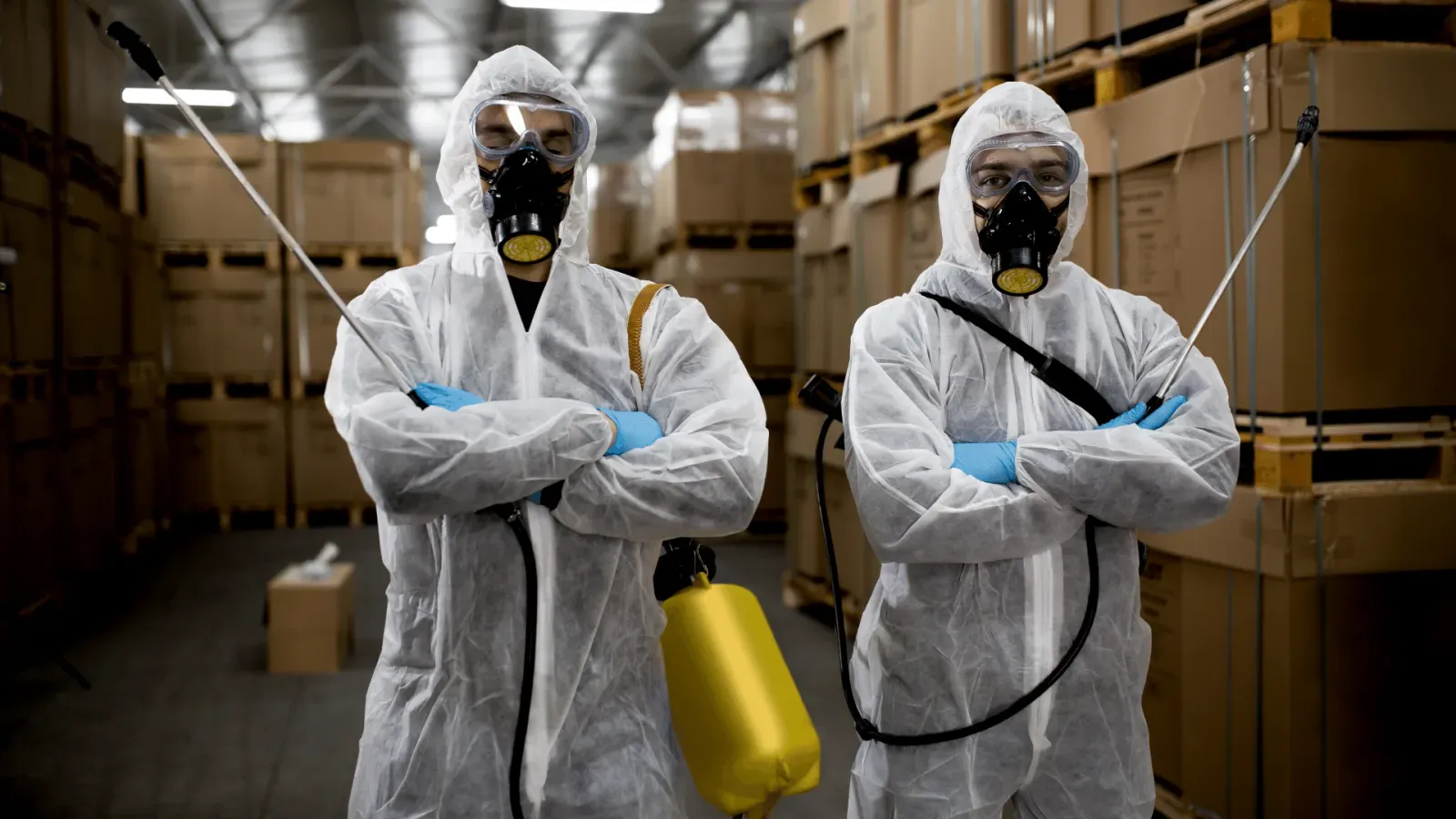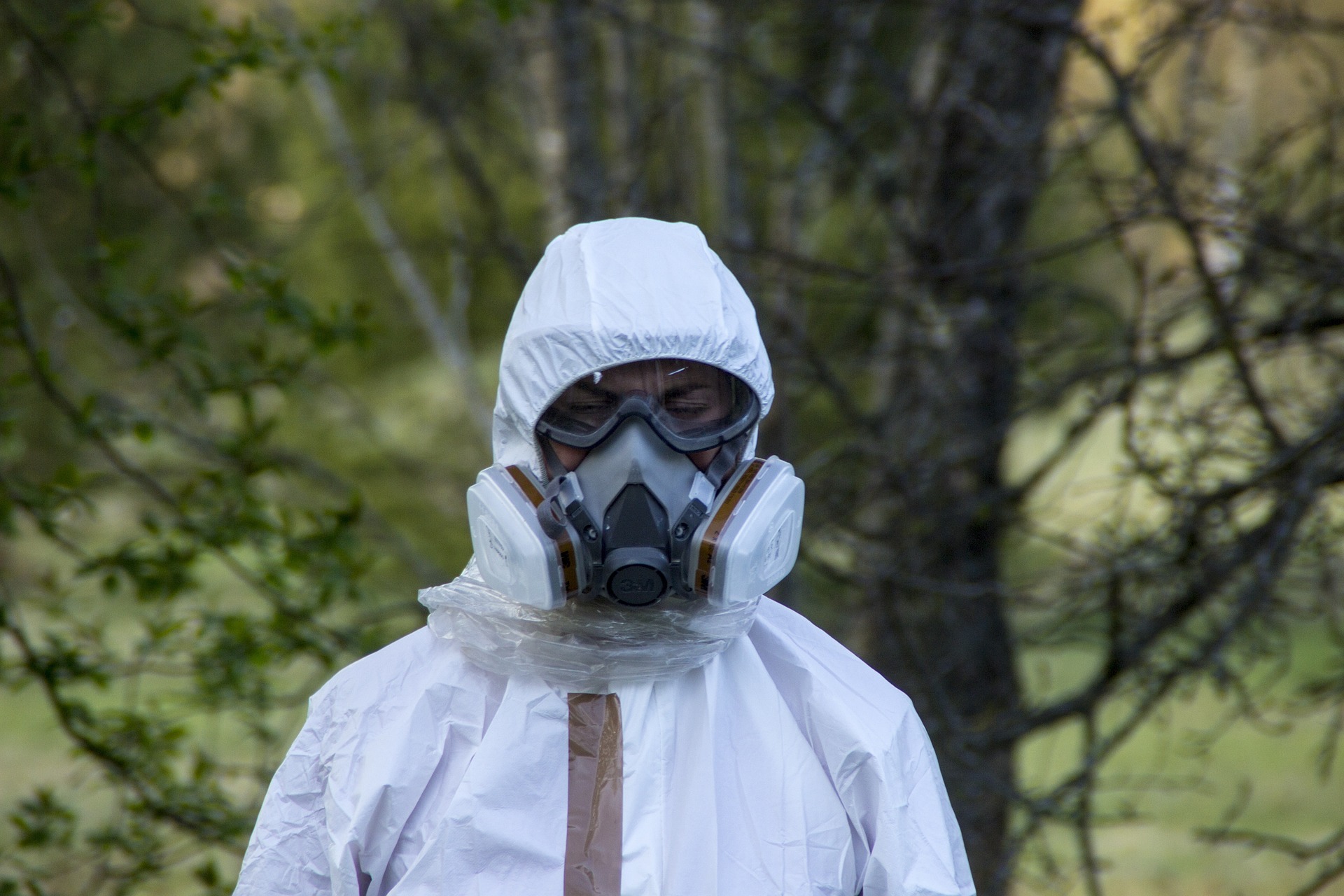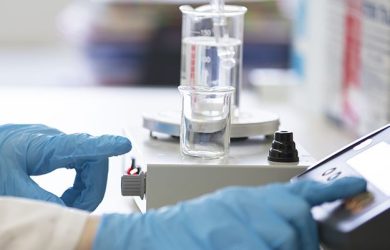OSHA’s New Hazard Communication Standard: Can You Read the New Labels?

Last month, we told you about the new Safety Data Sheet (SDS) format required by OSHA’s updated Hazard Communication Standard (HCS), 29 CFR 1910.1200. Now it’s time to fill you in on the second half of the puzzle: a new label design.

What changes to the labels can you expect to see?
According to OSHA the updated HCS requires that the new labels include:
- Precautionary statements
- Hazard Pictograms
- Signal word(s)
- Hazard statements for each hazard class and category
What other information will be required on chemical labels?
In addition to the aforementioned requirements, labels must include:
- Product Identifiers (Chemical Code and Name)
- Supplier Identification Information (Name, Address and Phone Number)
- Supplementary Information (i.e. Directions for Use)
What do the new labels look like?
The new labels have been redesigned to facilitate quick identification of hazards and risks, and now require the use of pictograms that will make it easier for non-English-speaking and low-literacy employees to understand chemical hazards. An example of the new basic label can be found here, while the new pictograms and detailed information on the changes can be found here.
Employers, please note: While chemicals found in regular office supplies like pens, white out, window cleaner, etc. are exempt from this OSHA regulation, employers still need to train their employees on the new standard if there is a chance that hazardous chemicals might be encountered or used in their workplace. Even temporary circumstances like construction or remediation that might introduce hazardous chemicals into the workplace are covered under OSHA regulation. This means that all employees who might encounter hazardous chemicals-even in these types of circumstances must be trained on the new SDS sheets and labels required by the updated Hazard Communication Standard.
How can AMI Environmental Help Protect Building Occupants?
At AMI Environmental, our main goal is to assist clients and create a safe building environment, while adhering to laws and regulations. With decades of experience, our Industrial Hygiene Professionals’ purpose is to help our clients not only protect building occupants, but also manage risk. Once we’ve done our job, you can enjoy the peace of mind that everyone will be protected from harm. AMI will work to establish and maintain a safe work environment, including surveying your facility for risks; provide testing within your facility; maintain testing protocol; and assist in the recording process. If you have any questions or concerns, please contact Dan Taylor at dantaylor@amienvironmental.com.
related blogs

Why Indoor Air Quality Investigations is a Necessity in These Times?

Few Important Tips to Help You Select Environmental Consulting Services!




